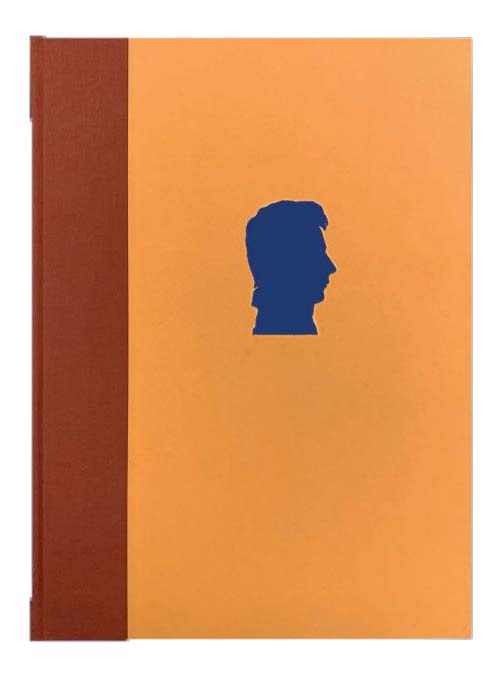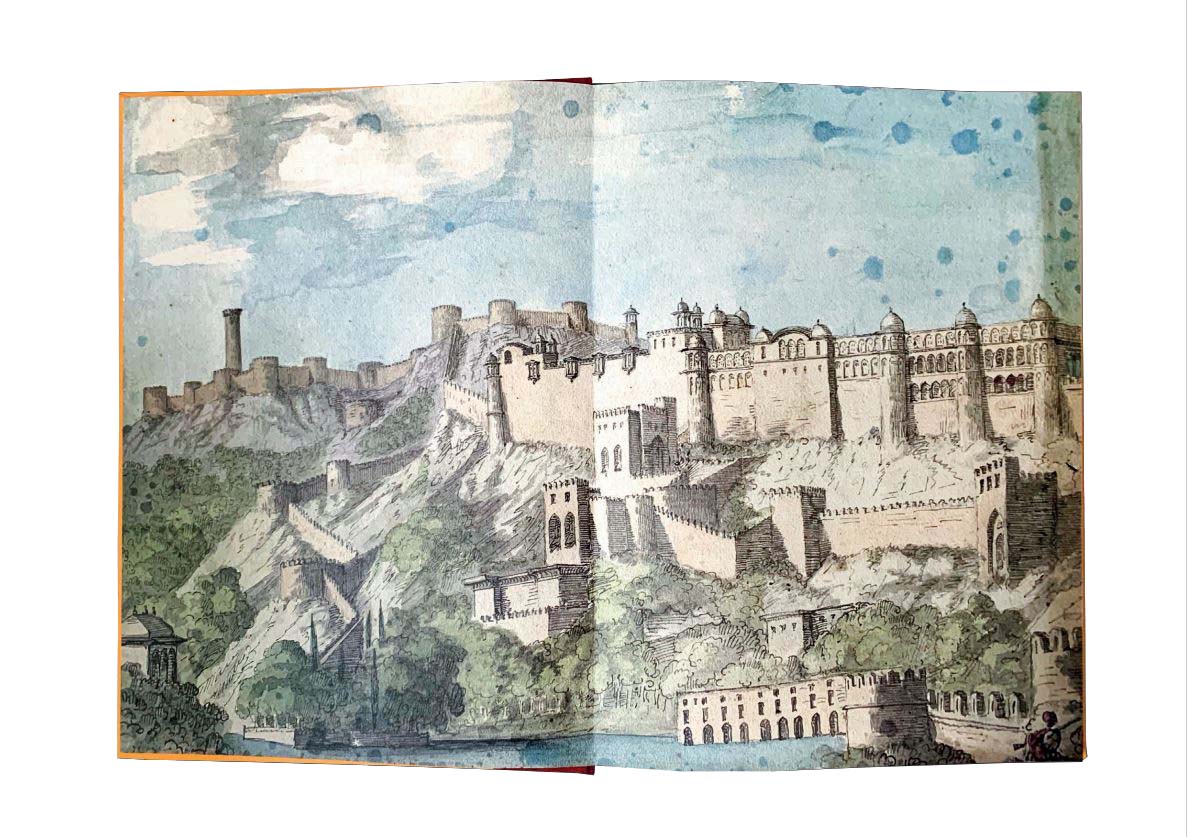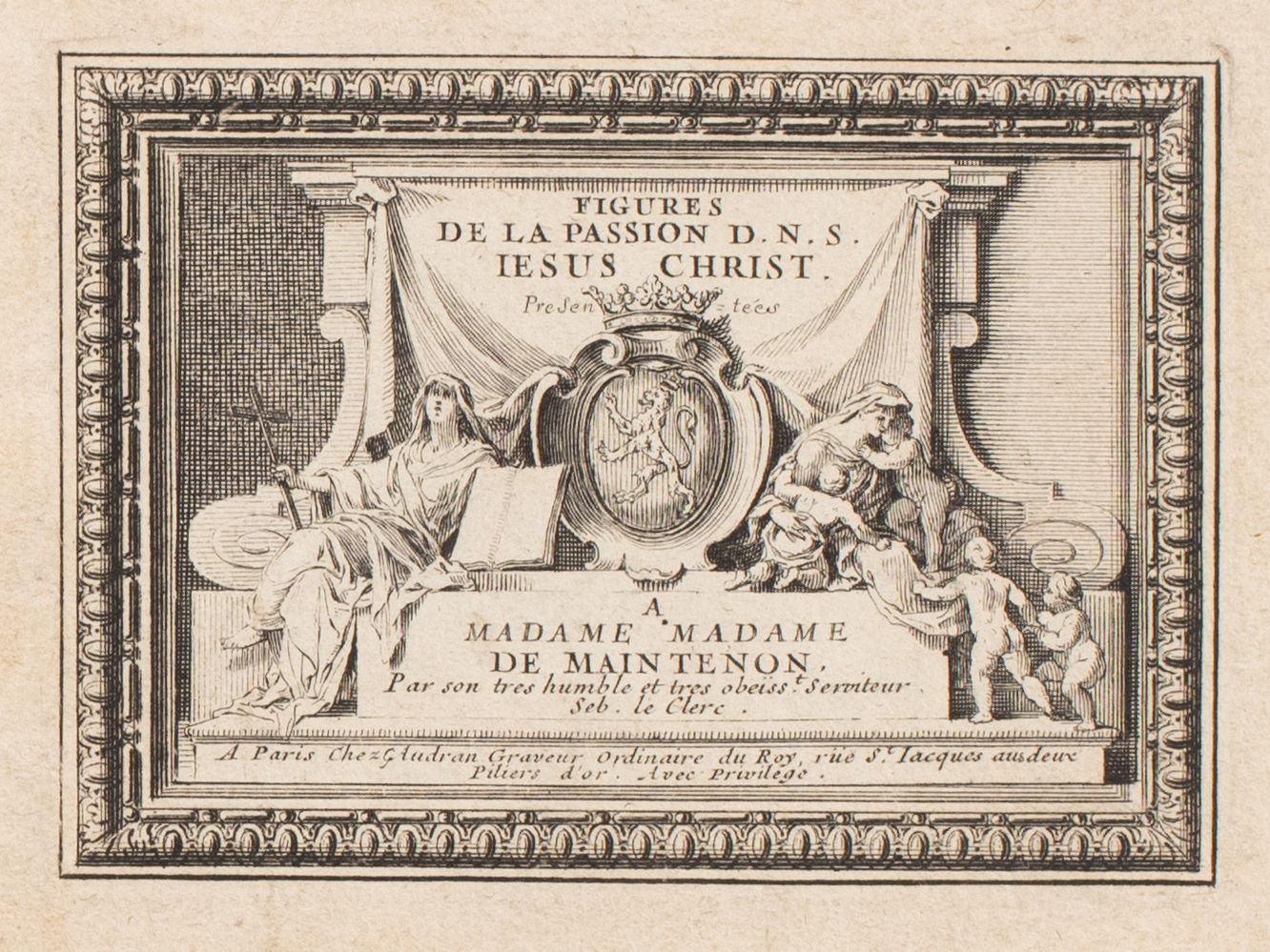

HEBER, Reginald, and Nicolas BARKER (editor).
A Letter from India.
The Roxburghe Club, 2020.
£100
US $128 €118
If you wish to order more than one copy of this publication please make an enquiry. Add to basket Make an enquiry
'I do not expect that with fair prospects of eminence at home, you should go to the Ganges for a mitre,’ wrote Sir Charles Watkin Williams Wynn, President of the Board of Commissioners for Indian Affairs, in 1819 to Reginald Heber at Hodnet in Shropshire, but in vain. Despite a growing reputation as a scholar, a poet and writer of still popular hymns, an artist and authority on Russia, friend of Byron and Scott, given wit and irresistible charm and goodness, Heber could not resist the evangelical call. In 1823, newly consecrated Bishop of Calcutta, he set off, with wife and family, leaving behind a host of friends.
It was to them, and in particular his cousin Harriet Wrightson, that soon after his arrival the Bishop wrote a very long letter, recording his first impressions of India and illuminating its leaves with his own sketches. As a picture of the country and its peoples, depicted by a keen but sympathetic observer, it makes compelling reading, all but two centuries after it was posted home. The landscape and natural history of Bengal, the human figures, both Hindu and Islamic, as well as newcomers from Europe, are all vividly recorded. Heber, creature of his own time, is full of missionary hopes but equally fascinated by the personalities and characters of those he met. The news that he sent was probably the first to reach not just Harriet but his wider circle after his arrival.
Everything about it suggests that Heber took particular care with the writing, in both senses, of his letter. For that reason, it has been reproduced in complete facsimile, accompanied by a page by page transcript of the text. Surrounding this is a brief summary of Heber’s life before he went to India, and of his family, including his half-brother Richard, the great book-collector, and his formidable widow, Amelia, as well as an account of his travels in India up to the moment of his sudden and widely lamented death in 1826. This has been supplemented by material, Heber’s commonplace book (containing poems sent him by Byron), editions of his books and books about him, his own beautiful water-colour drawings, and a fine mezzotint after the portrait by Thomas Phillips, gathered from the sales from Hodnet at Christie’s in 1967. The apparatus concludes with an account of this by the editor, Nicolas Barker, senior member of the Roxburghe Club and author of The Roxburghe Club: a Bicentenary History (2012).
The editorial texts have been set in Monotype Caslon and printed from metal type by Stanley Lane, Gloucester Typesetting. The ‘Letter’ was photographed by Julian Calder and has been reproduced and offset printed by DLM Creative, Amersham. The paper is Munken Lynx Rough, made by Arctic Paper s.a. The edition is limited to 150 copies of which 40 have been bound in red levant morocco and cloth for the Roxburghe Club and 110 bound in Fedrigoni Tintoretto Ceylon Curry paper by Smith Settle, Yeadon. The design and production are by Phil Cleaver, et al consultants. The format is 11½˝ x 8¾˝.

